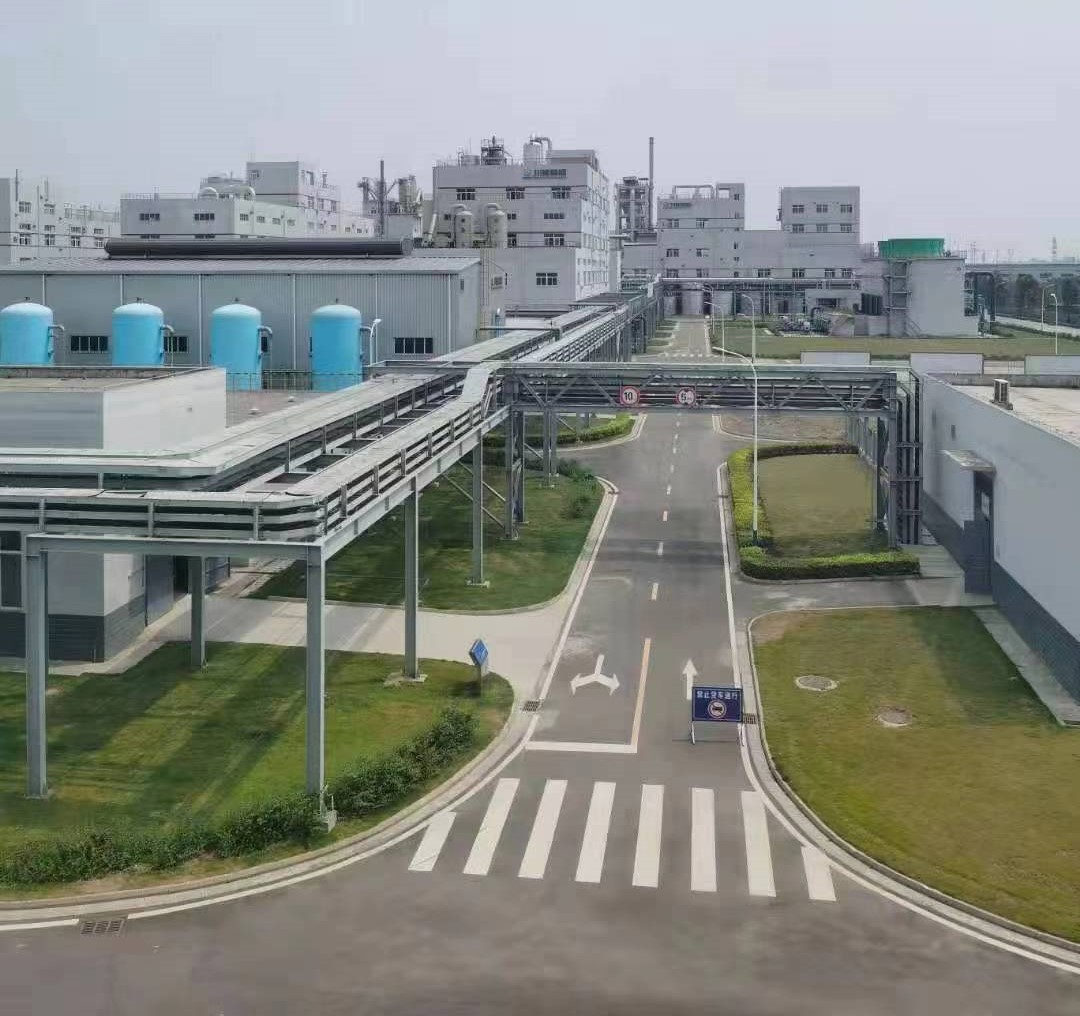lithium
Jun,26,25
As one of the most important strategic resources in the 21st century, lithium is quietly changing the way of life of human beings. This light silver-white metal is called "white oil". As the world shifts from burning coal and oil to clean energy, lithium has become a key material for this change. It not only promotes the global energy revolution, but also profoundly affects the development of science and technology, economy and environment.
In the lithium industry chain, the main lithium resources are concentrated in lithium ore (lepidolite, spodumene) and salt lakes. After extraction and processing, lithium salt products such as lithium hydroxide, lithium carbonate, lithium chloride, etc. will be obtained. After secondary processing, positive electrode materials (ternary materials, lithium iron phosphate, lithium manganese oxide, lithium cobalt oxide, etc.), electrolytes (lithium hexafluorophosphate), metallic lithium and butyl lithium will be obtained. Among them, positive electrode materials and electrolytes are mainly used to make lithium batteries, and others are widely used in glass, alloys, ceramics, greases and other fields.
In the process of lithium extraction, the composition of lithium ore is complex, and the purity and resource utilization rate of lithium are low. Therefore, in the actual production process, the ore needs to be processed into concentrate to enrich lithium oxide, etc. In spodumene concentrate, the lithium oxide content can reach 6%, while in lepidolite, the lithium oxide content can only reach 2.2%. Therefore, due to the high purity and good lithium extraction efficiency of lepidolite, it is suitable for the production of battery-grade lithium hydroxide and battery-grade lithium carbonate. The lithium hydroxide and lithium carbonate produced by the concentrate can be converted into each other, lithium hydroxide can be carbonized into lithium carbonate, and lithium carbonate can be causticized into lithium hydroxide. In terms of salt lakes, lithium is mainly extracted by extracting underground salt lake brine through adsorption, membrane and other methods with relatively high output and relatively mature technology. However, due to the large number of impurities, it is almost impossible to reach battery grade. Therefore, industrial-grade lithium carbonate is mainly used, which can be converted into battery grade through causticization. Recycling is mainly the process of recycling waste batteries and waste materials for disassembly, powdering or wet smelting, extracting lithium, and realizing lithium battery recycling. The proportion of recycling is gradually increasing, and it is expected to reach 10% of the supply share in 2027.
Judging from the global lithium hydroxide production capacity in the past three years, both domestic and foreign countries have shown an upward trend, but China's growth rate is significantly higher than overseas. By 2024, China's total lithium hydroxide production capacity accounted for about 78% of the world, indicating that China is dominating the lithium hydroxide sector, which will help strengthen the autonomy of key materials in the new energy era.
The demand for lithium can be divided into two sectors: traditional industries and lithium battery industries. With the development of the new energy vehicle industry, the proportion of lithium battery applications in the lithium resource consumption structure continues to expand, becoming the core driving force for the growth of lithium demand. The dominant demand for lithium is power batteries. The development of new energy vehicles has promoted the demand for high-nickel ternary and lithium iron phosphate batteries. At the same time, policy support is more conducive to the expansion of the power battery market and demand. Other relatively stable sectors are small power fields and consumer electronics, with the main demand for lithium cobalt oxide and lithium iron phosphate batteries. In addition, in some traditional industries, such as medicine, ceramics, glass and other fields, there are different demands for lithium.






